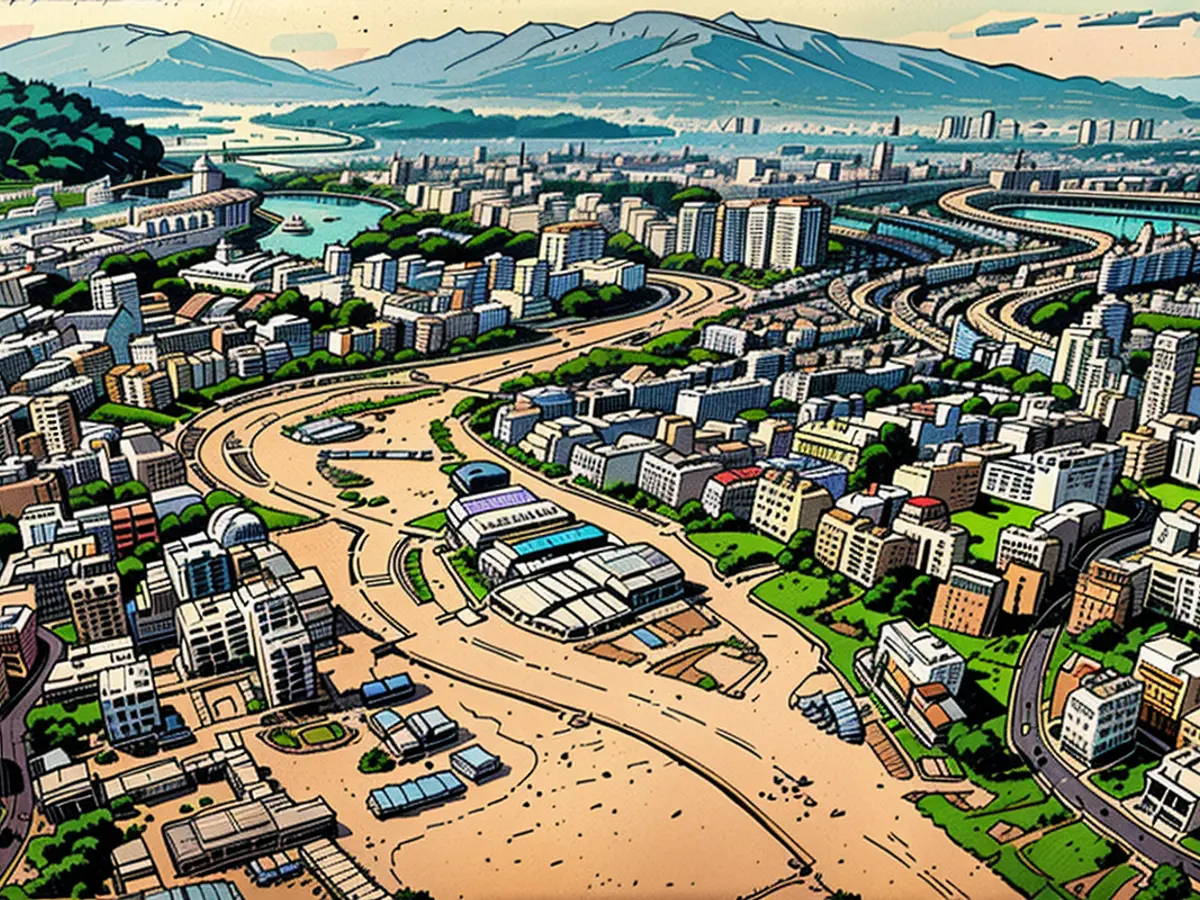Emergency responders employ zip lines and watercraft to access survivors, as over 180 lives are lost due to flooding and landslides in Nepal.
Photos from the heart of the capital demonstrate substantial portions of southern Kathmandu and adjacent urban areas submerged underwater or concealed beneath heaps of mud, as relentless torrential downpours led major rivers to surge well beyond hazardous levels.
The floods and landslides have wiped out countless households, disrupted transportation routes, and brought down power lines, occurring shortly after the nation experienced record-breaking fatal rainfall and flash floods in late spring, which scientists attribute to the climate emergency.
Search and rescue squads have encountered challenges in reaching residents trapped beneath their homes or isolated by flooding in remote regions.
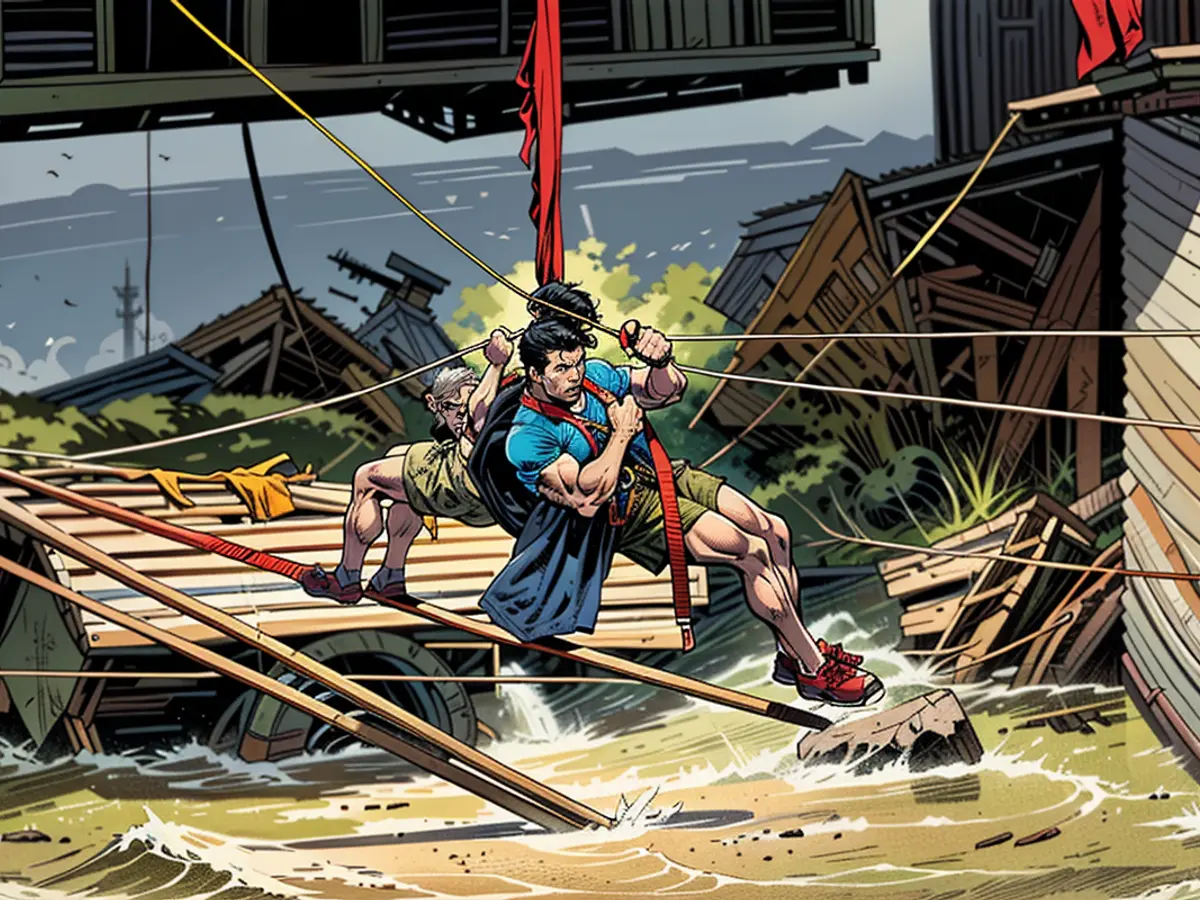
In severely impacted Lalitpur, located south of Kathmandu, images exposed the Nepal Armed Police employing zip wires to traverse a flooded waterway, while elsewhere, rescue teams could be seen digging with their bare hands to clear residents trapped beneath mud and debris, or using boats and helicopters to reach people stranded on rooftops.
At least 192 individuals have perished and 96 have been injured since last Friday, with numerous people still missing, according to Nepal’s Ministry of Home Affairs deputy spokesperson Dil Kumar Tamang, as reported by CNN.
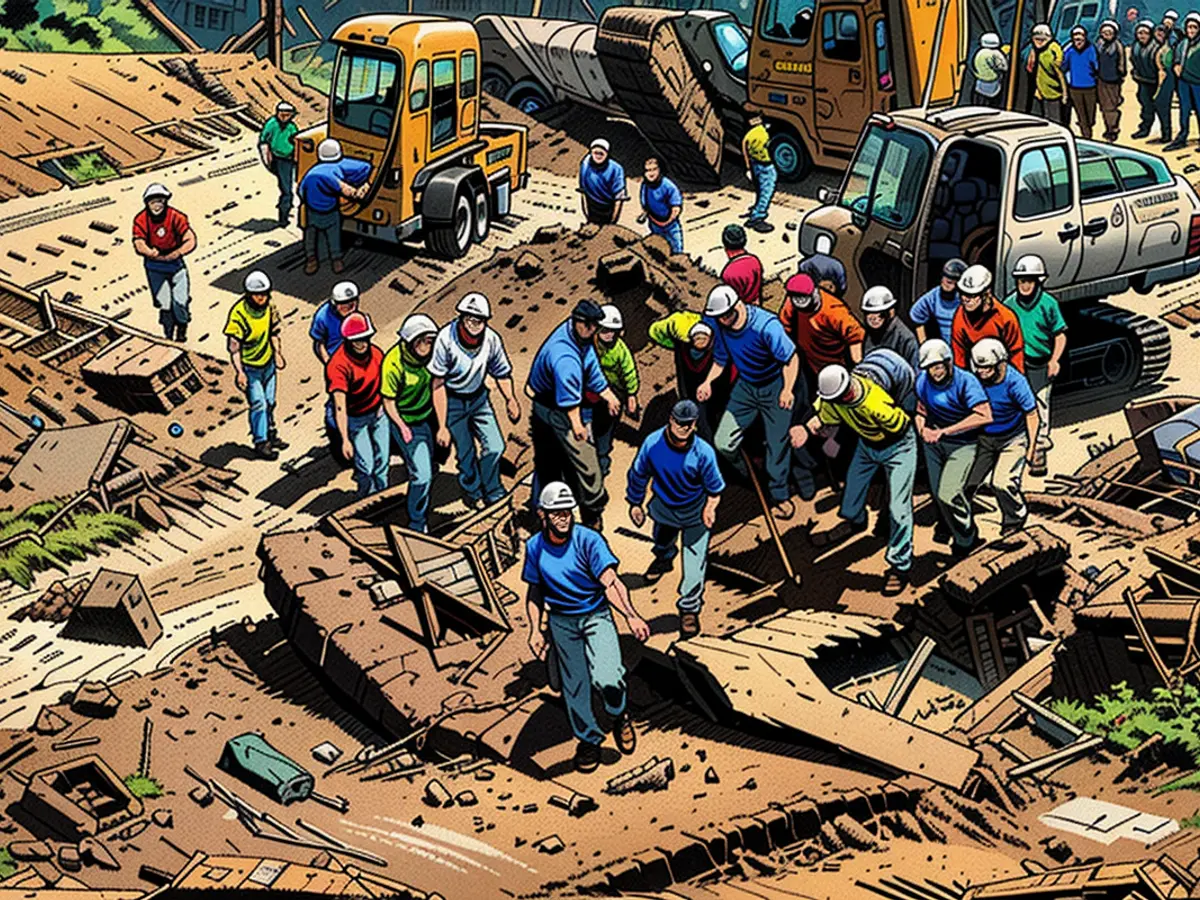
More than 3,700 people have been salvaged, as per the authorities, but experts anticipate the death toll to increase as rescue teams access more remote and disconnected locations.
Inundations and landslide damages have also affected a significant portion of the nation's central and eastern regions.

The remains of 16 individuals were discovered on Sunday from two buses that had been traveling along a vital route out of Kathmandu when they were engulfed by an enormous landslide, reportedly by Reuters. One image depicted a tourist bus partially submerged in mud with its windshield smashed in.
Video disseminated by Nepal Police showcases the moment a two-year-old kid was rescued from his crumbled dwelling in Bhimeshwor, Dolakha district, following a landslide. According to the police, the kid's parents and sibling perished.
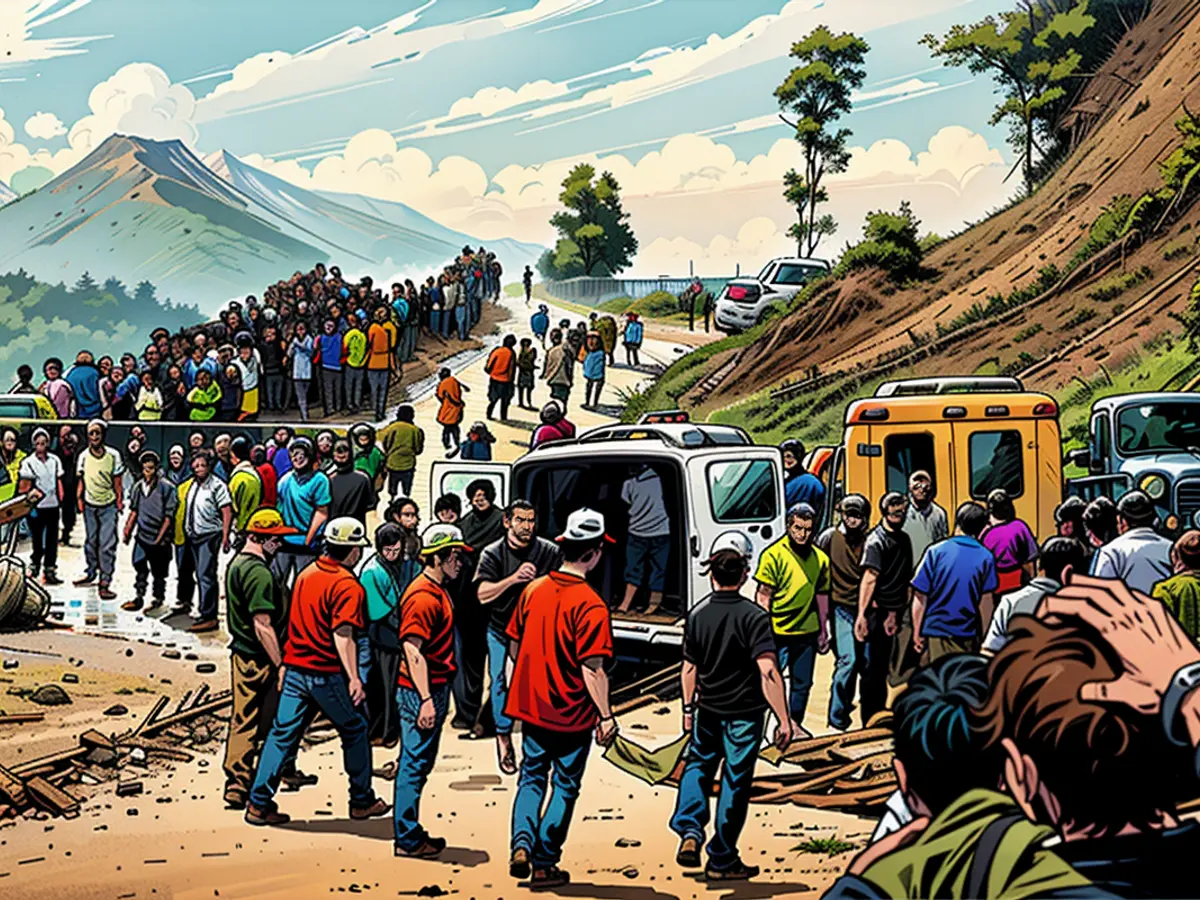
Parts of the capital documented rainfall of approximately 322.2 millimeters (12.7 inches), elevating the Bagmati river's main level by 2.2 meters (7 feet) beyond the perilous threshold, according to Reuters.
Further west of the capital, an international student depicted the scenario, stating, “Water was rushing through the streets in Pokhara,” Nepal’s second most populous city and a popular tourist destination known as a gateway for hiking in the Himalayas.
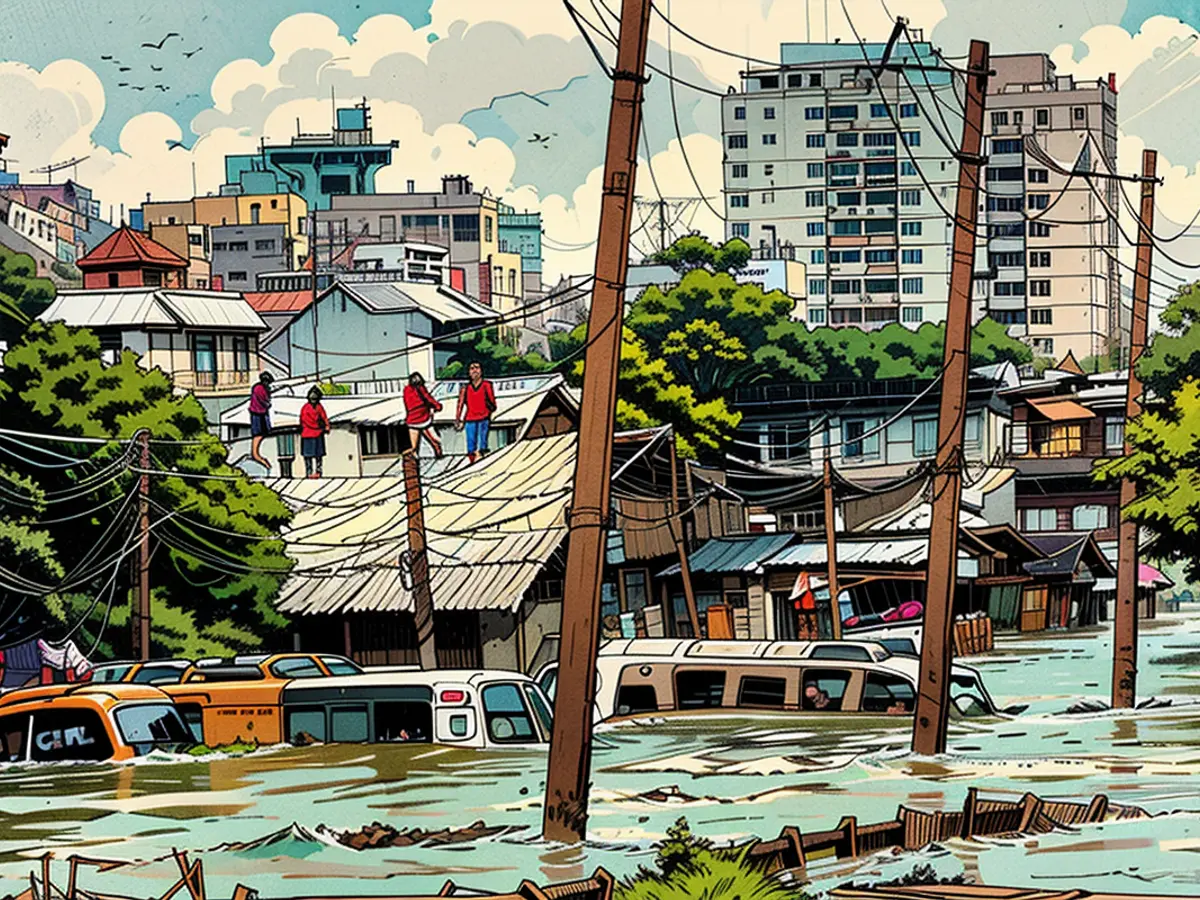
“Some of my friends got stuck in a landslide on the road to Kathmandu. We had plans to return to Kathmandu yesterday, but the roads were too damaged and blocked, so we are attempting today,” student Ellie Wirth, 20, told CNN on Monday.
On Sunday, the rains abated in numerous areas, allowing for a large-scale cleanup operation to commence. However, Kathmandu remained disconnected with three key highways into the city blocked by landslides, as per the Associated Press. Schools have been shut down for three consecutive days, according to Reuters.
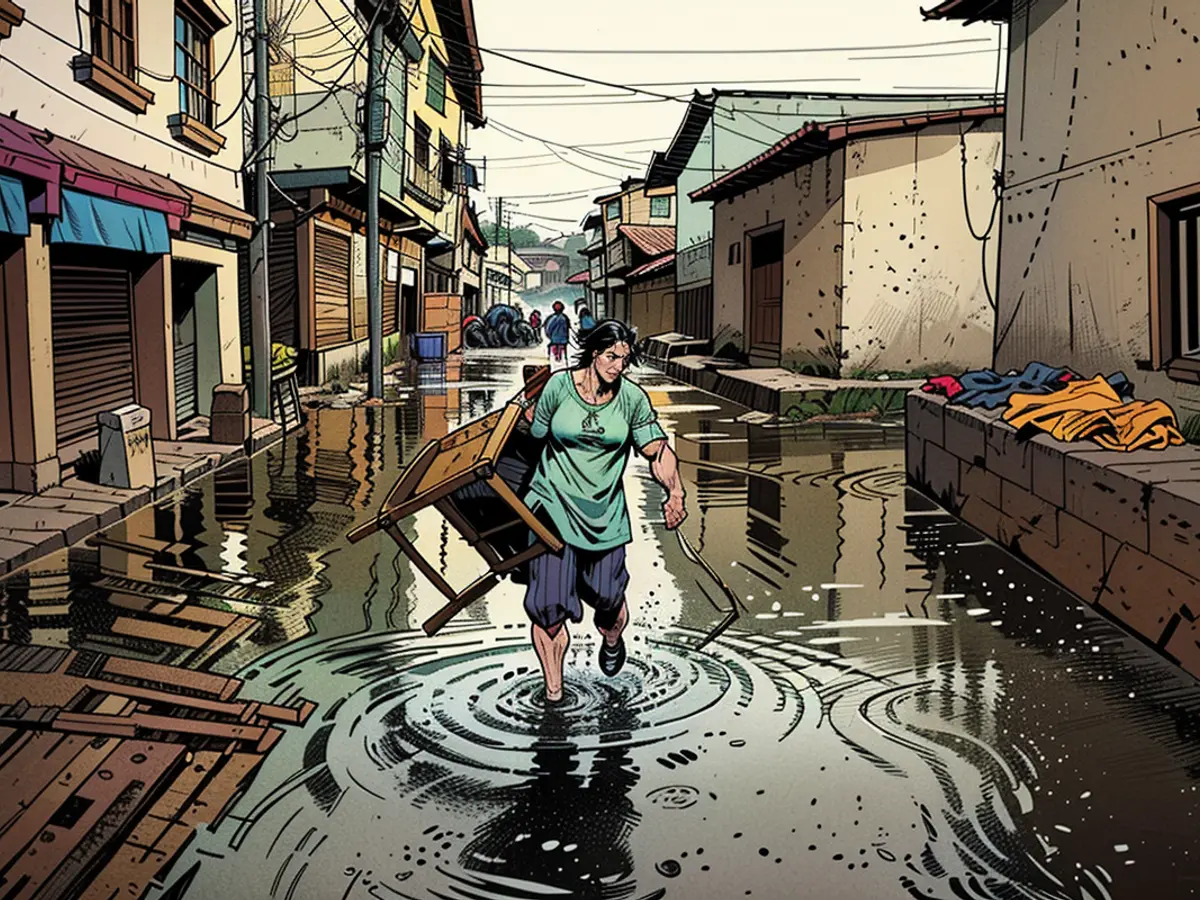
Nepal is accustomed to substantial annual monsoon rains, but experts declare that this year has been particularly extreme.
“I have never before seen such extensive flooding in Kathmandu,” stated Arun Bhakta Shrestha, an environmental risks expert at the International Centre for Integrated Mountain Development (ICIMOD), in a statement.
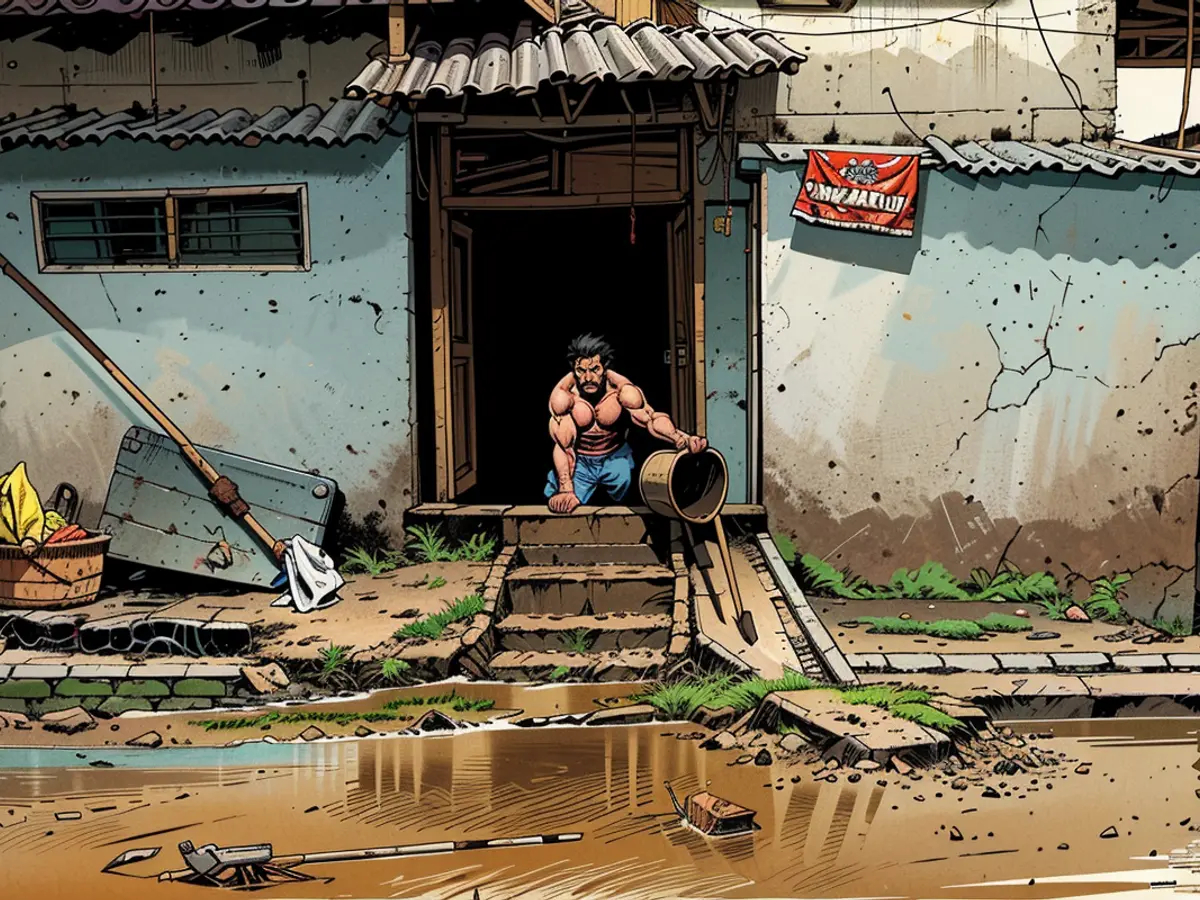
Experts at ICIMOD issued a statement, attributing the increased impact of the recent extreme rainfall in Nepal to rampant development and urbanization, such as unauthorized construction on floodplains and poor drainage.
They have urged the government and city planners to increase funding for underground stormwater and sewage systems, and the replenishment of wetlands to enable cities to soak up more water.
South Asia harbors approximately one-fourth of the global population and is considered one of the most exposed regions to the consequences of the human-induced climate crisis and its amplification of extreme weather events. Recent research indicates that Asia will continue to become more vulnerable to intense rainfall and flooding by 2030.
The floods and landslides in Nepal have affected not only the capital but also its central and eastern regions, submerging infrastructure and causing significant damage. The climate emergency, responsible for record-breaking rainfall, has Hit Asia hard, making it one of the most vulnerable regions to the amplification of extreme weather events by 2030, according to recent research.
